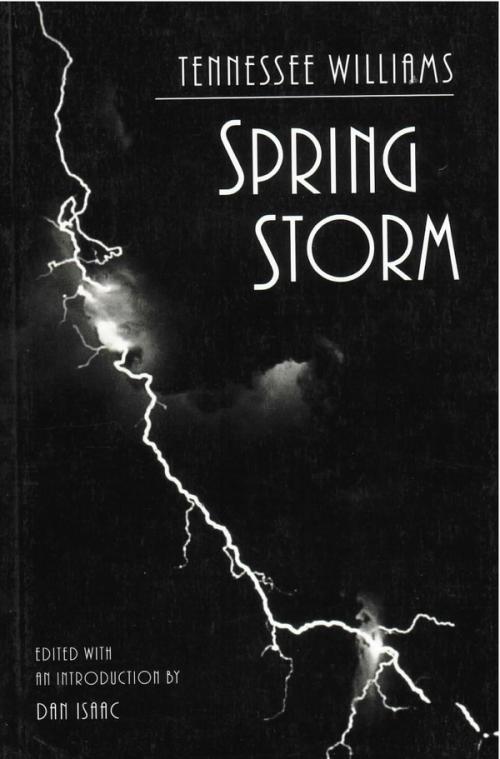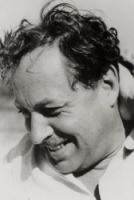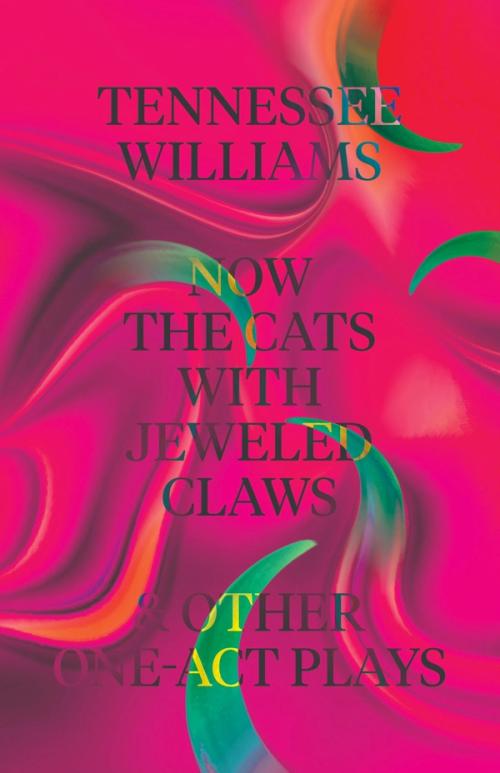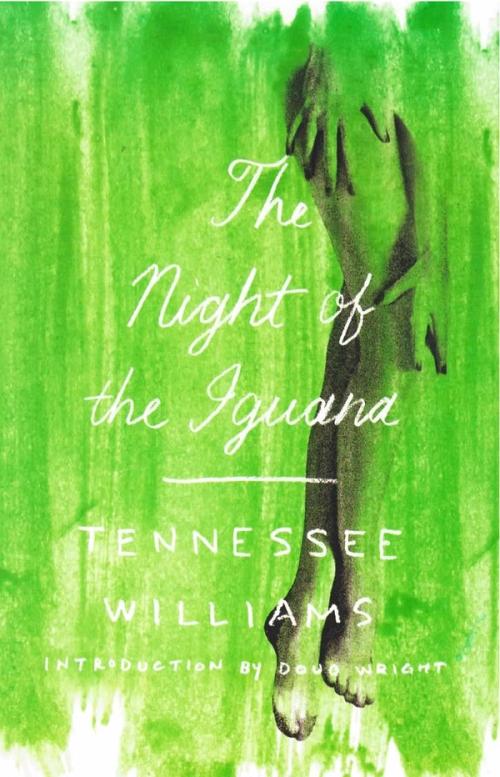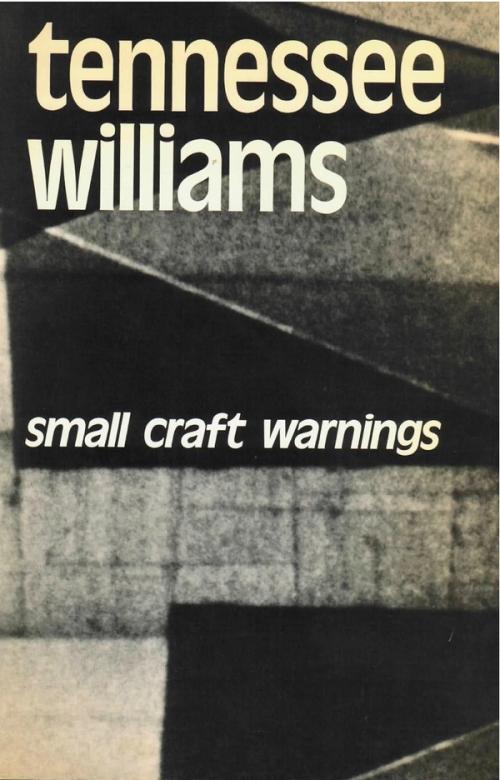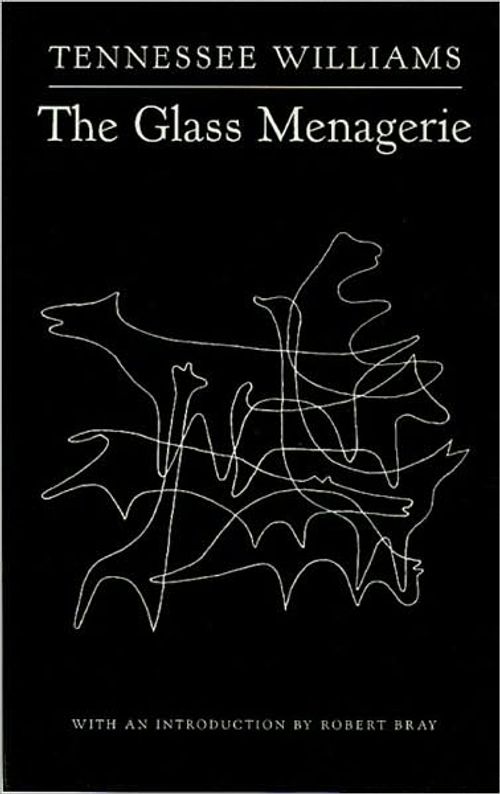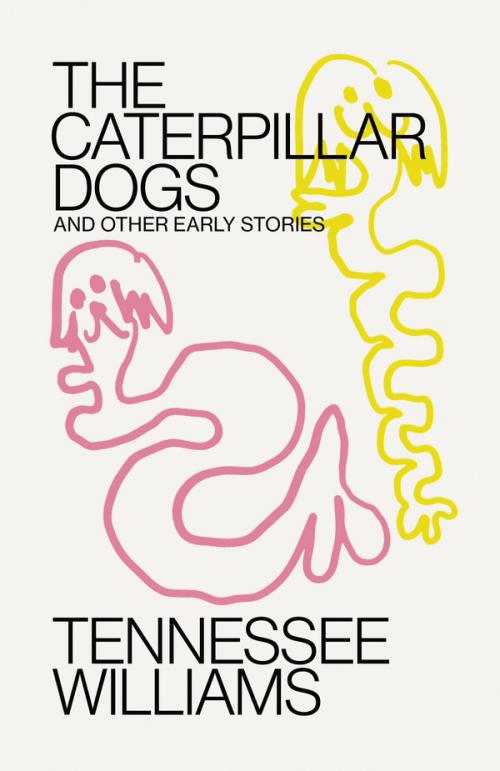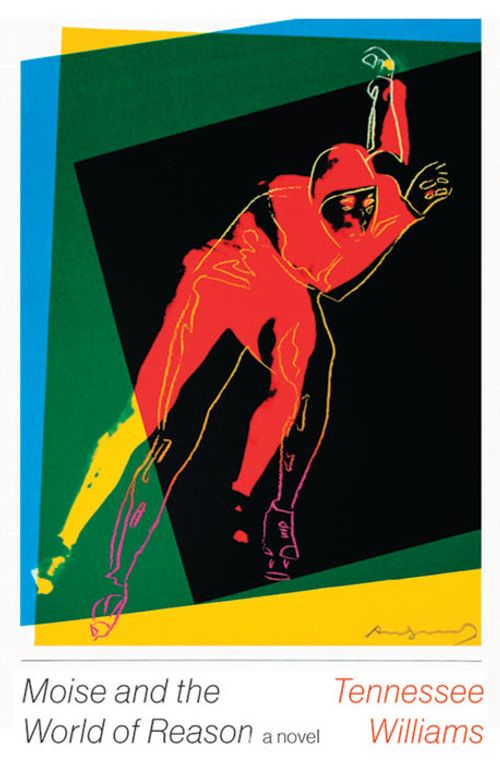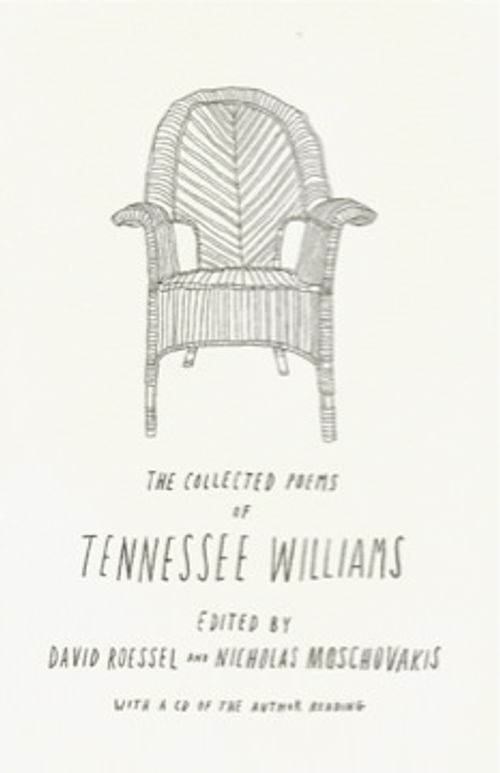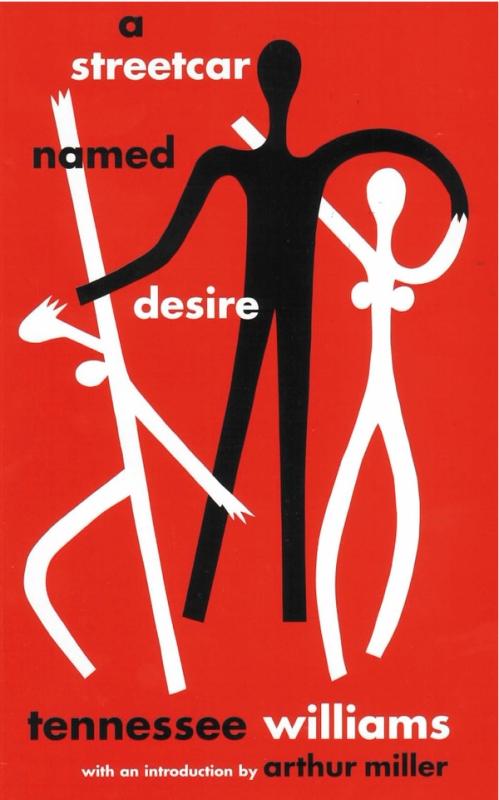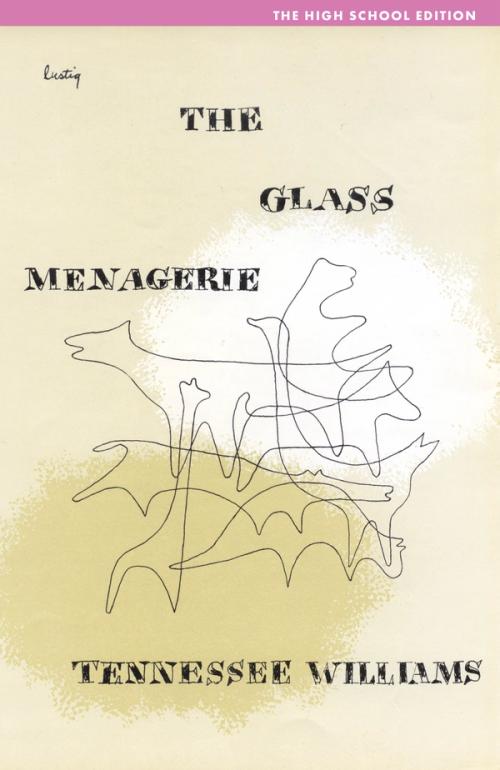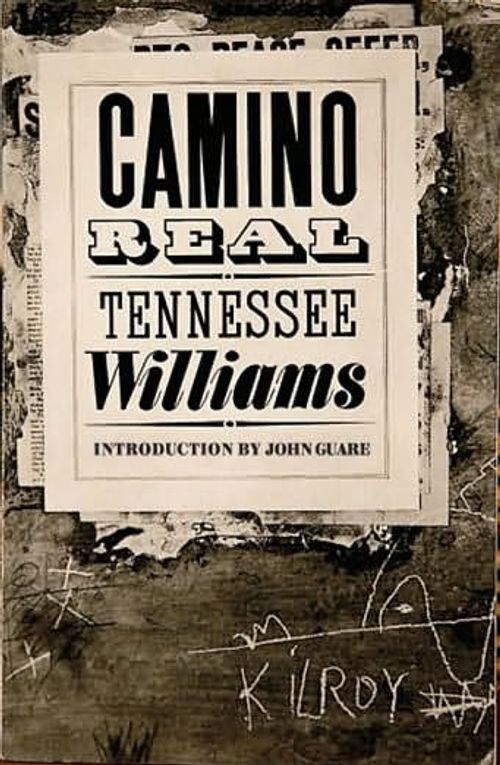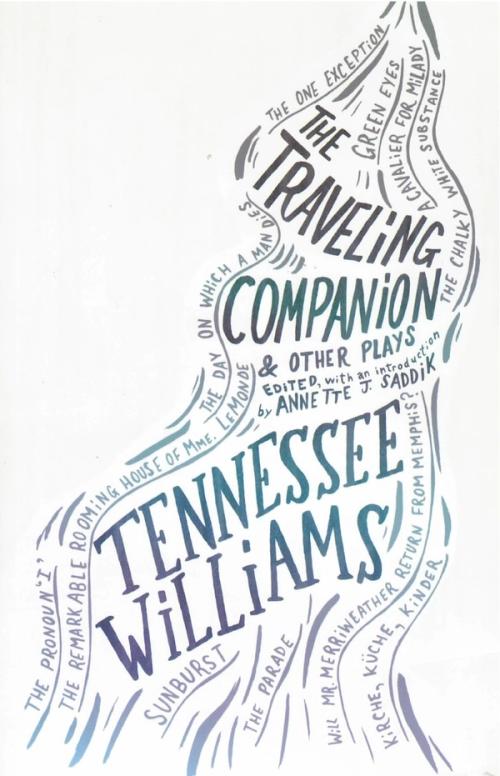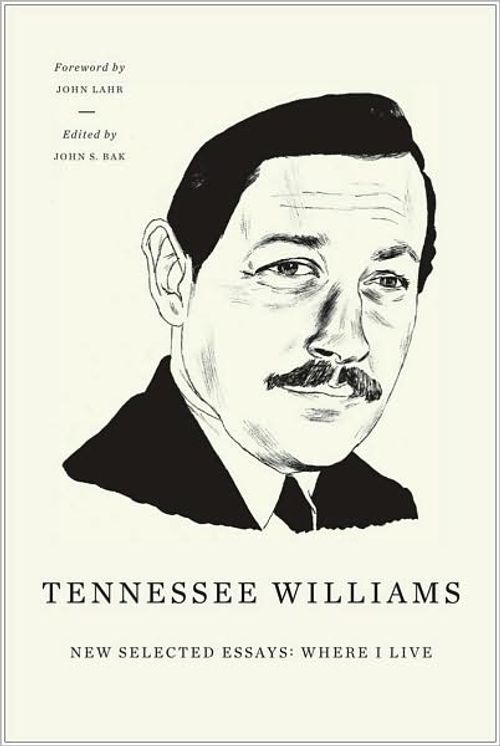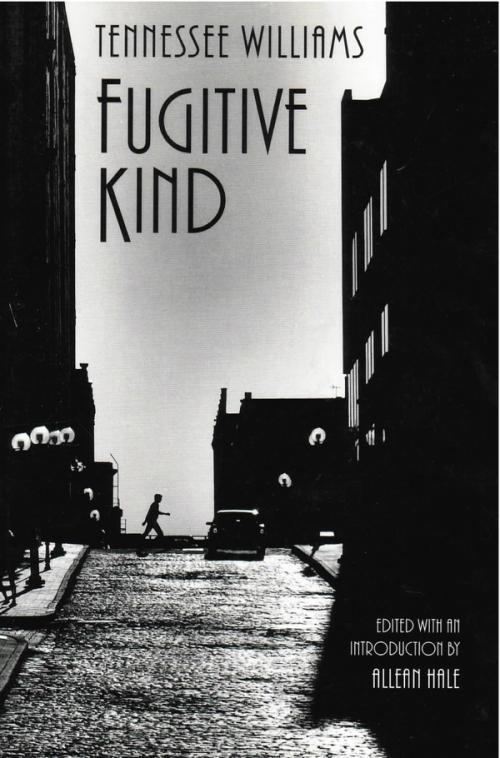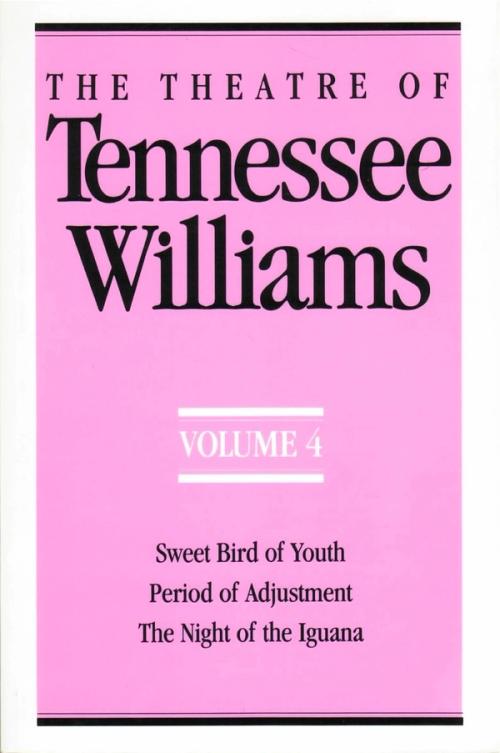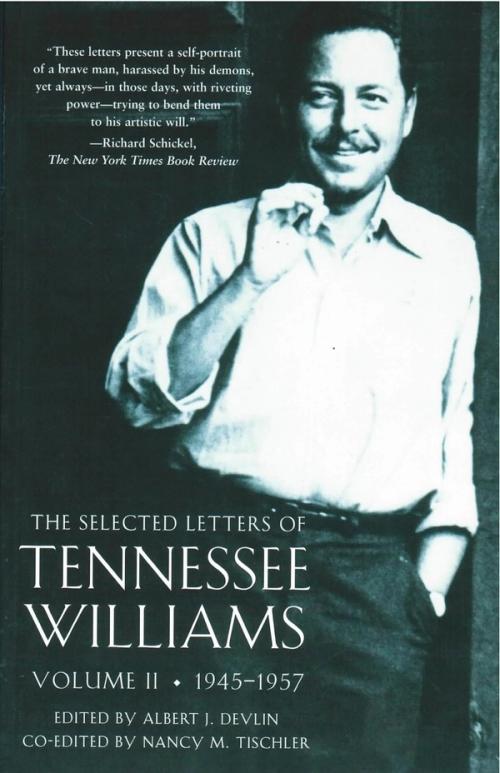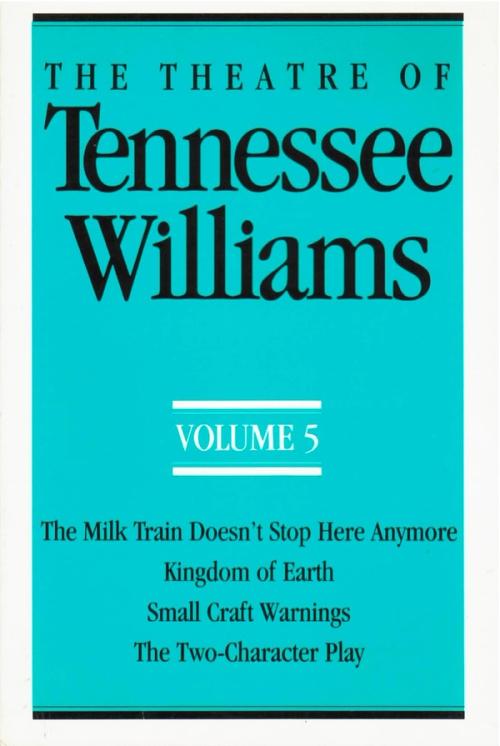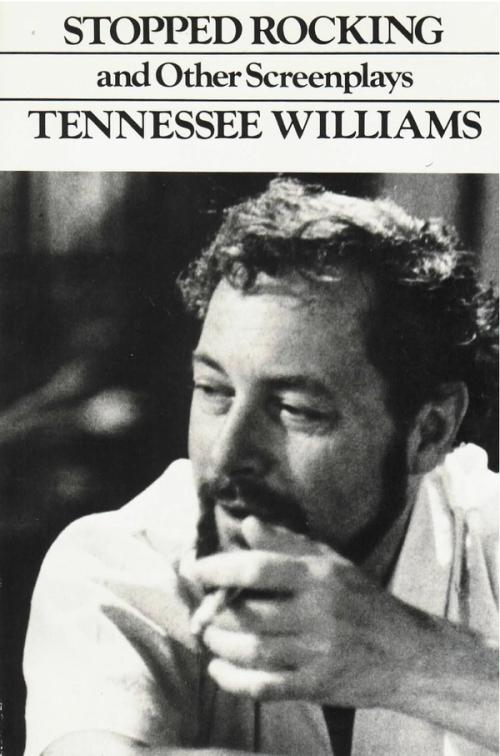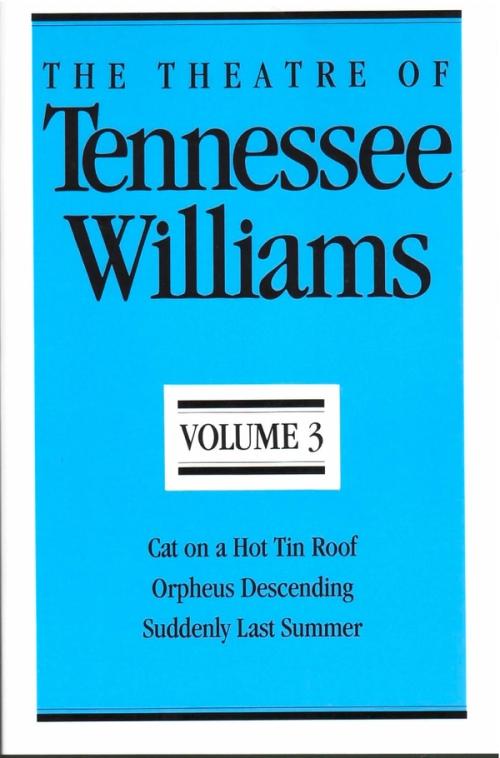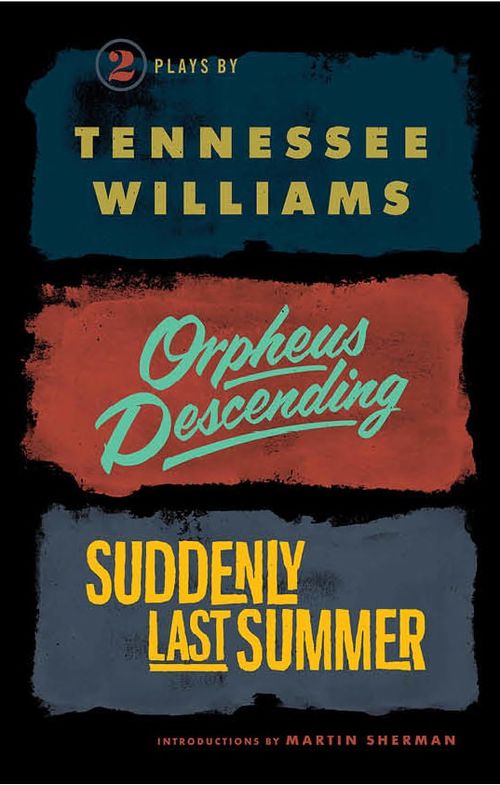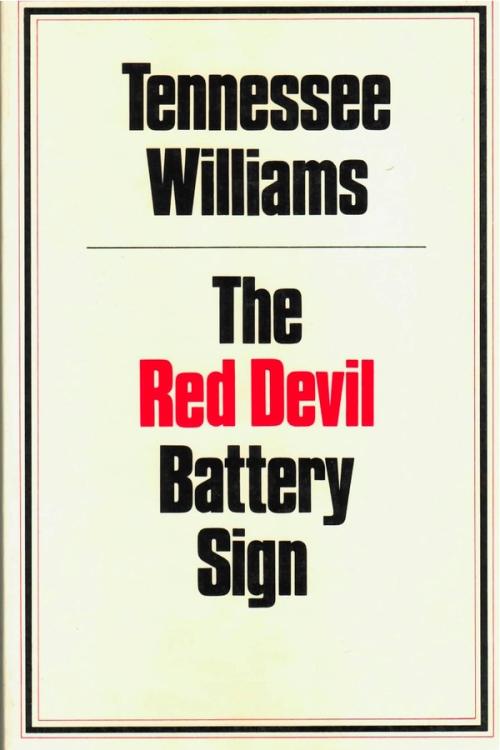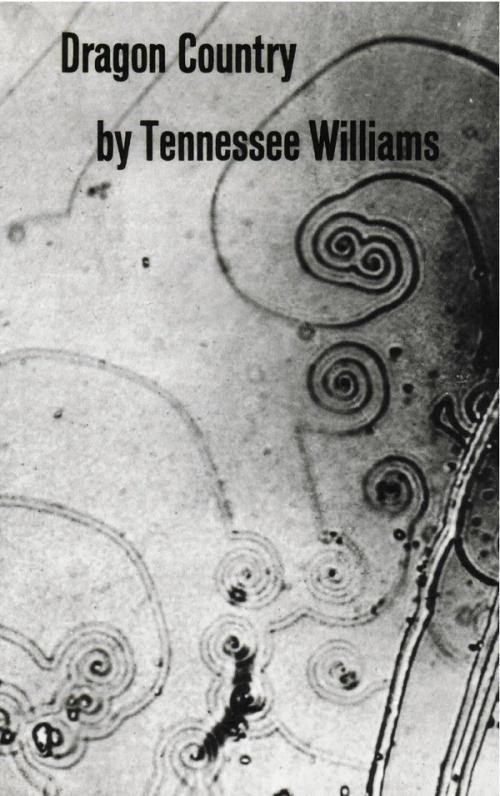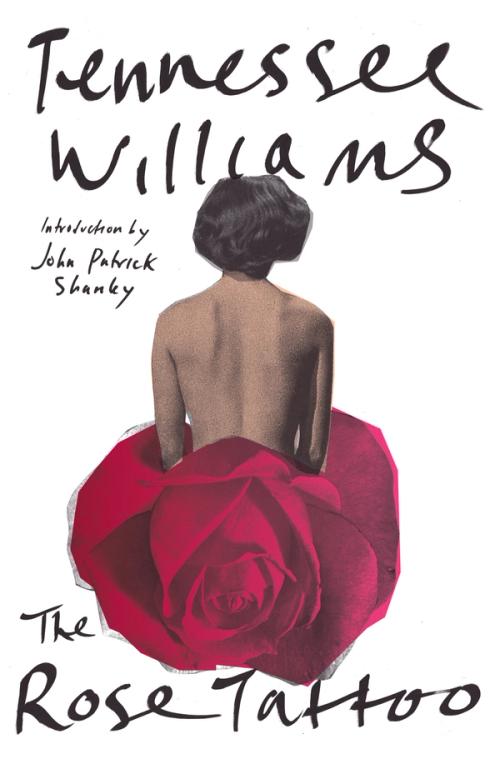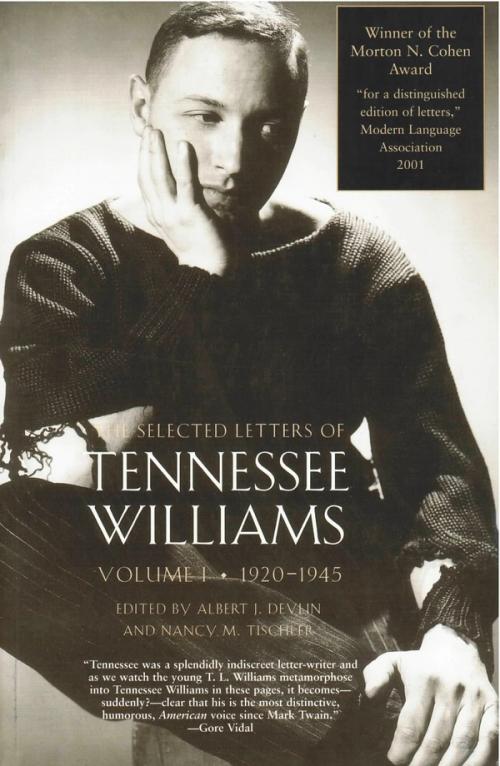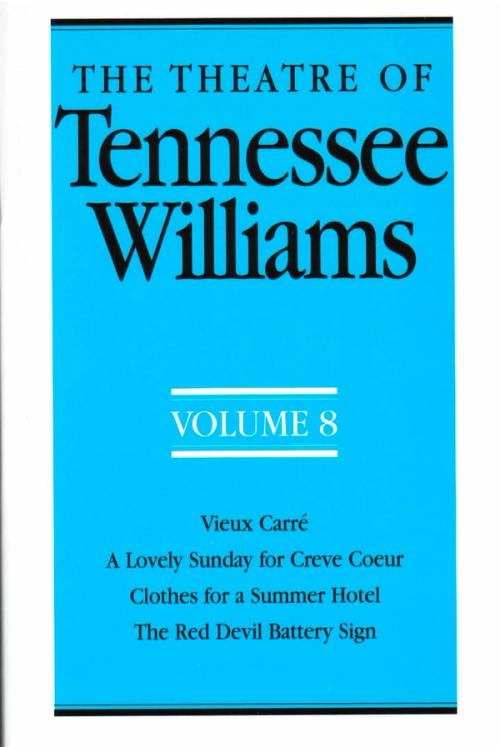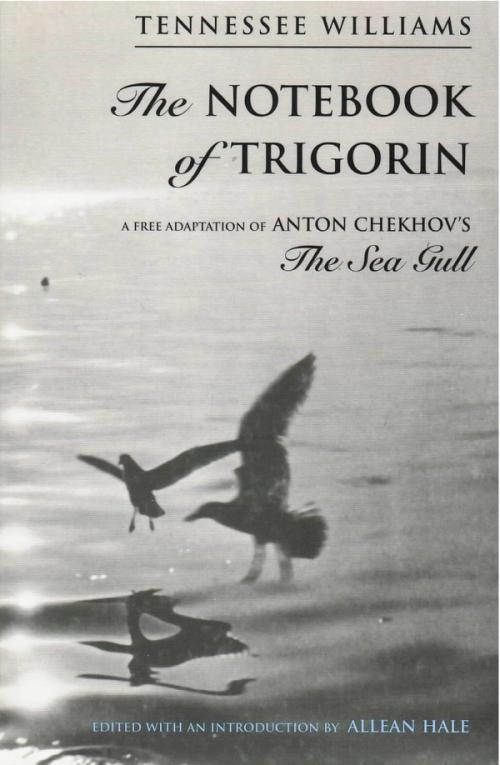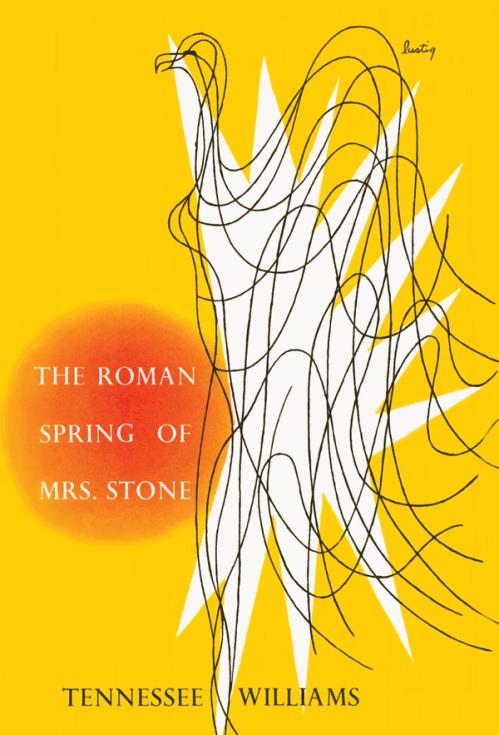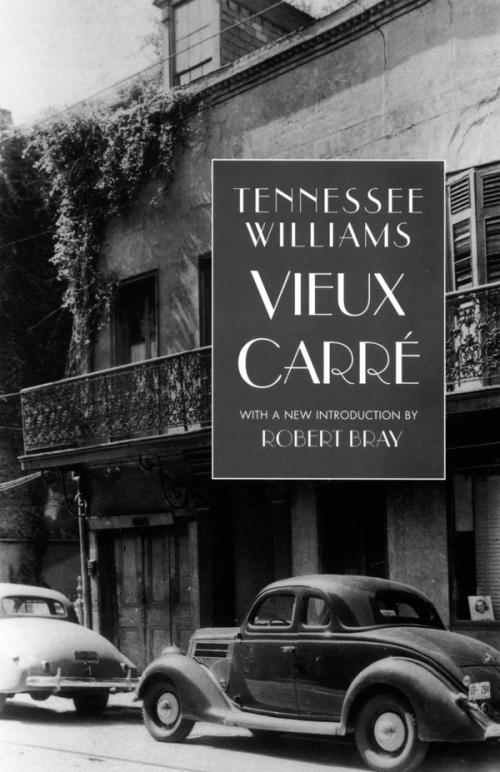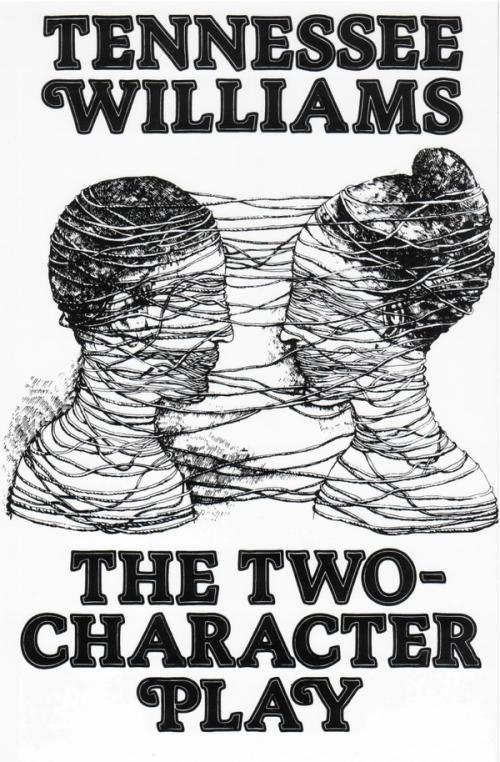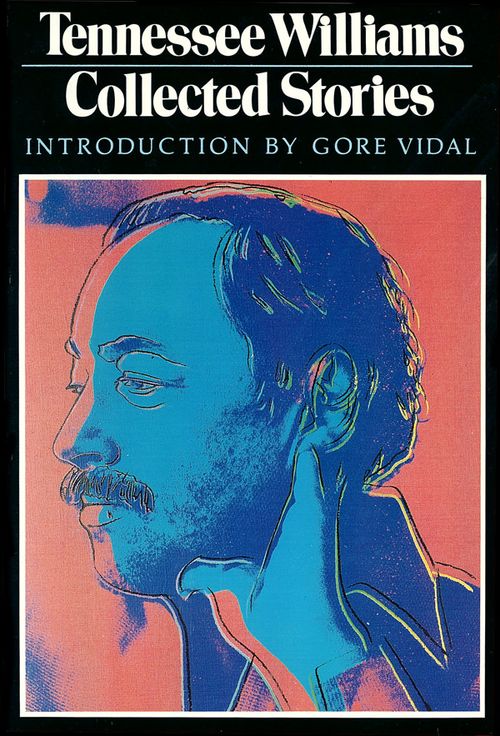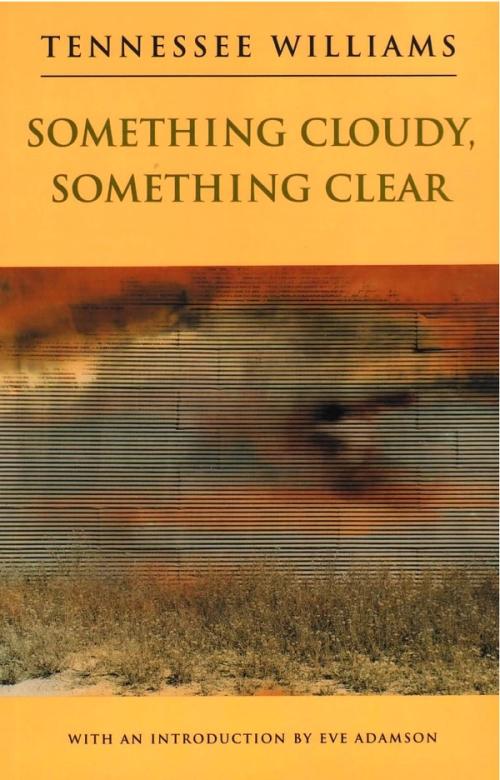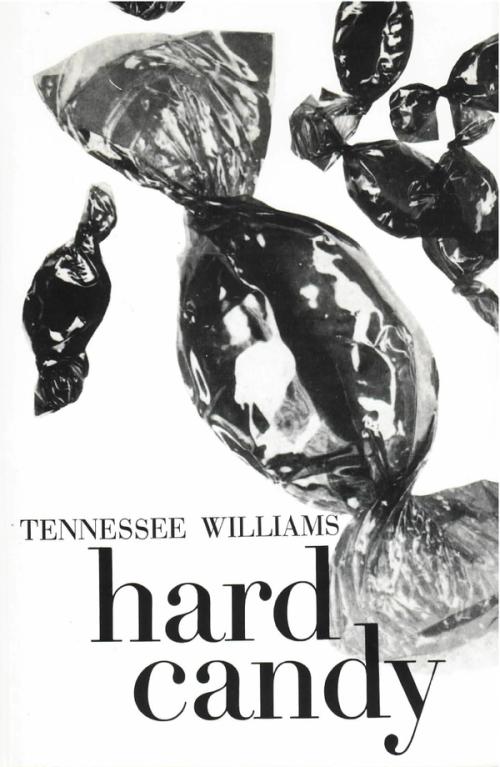Spring Storm
Theater by Tennessee Williams
When Tennessee Williams read Spring Storm aloud to his playwriting class at the University of Iowa in 1938, he was met with silent embarrassment. According to the journal he kept at the time, the rejection “badly deflated” the young playwright, so much so that he “felt like going off the deep end." Tom’s earlier journal comment that the play “is well-constructed, no social propaganda, and is suitable for the commercial stage” seems accurate enough in 1999, but was woefully naive deep in the Depression when the play’s sexual explicitness––particularly its matter-of-fact acceptance of a woman’s right to her own sexuality––would have been seen as not only shocking but also politically radical. Never produced or performed, the play would later be disavowed by its author as “simply a study of Sex––a blind animal urge or force (like the regenerative force of April) gripping four lives and leading them into a tangle of cruel and ugly relations.” But the solid and deft characterizations of the four young people whose lives intertwine––the sexually alive Heavenly Critchfield, her earthy lover Dick Miles, Heavenly’s wealthy but tongue-tied admirer Arthur Shannon, and the repressed librarian Hertha Neilson who loves Arthur––while unique, foreshadow characters we will meet again and again in the Williams canon. Epic in scope, somewhat melodramatic in execution, tragic in outcome, Spring Storm created a wave of excitement among theater insiders when it was given a staged reading at The Ensemble Studio Theatre’s Octoberfest ’96.
Paperback(published Dec, 01 1999)
- ISBN
- 9780811214223
- Price US
- 12.95
- Trim Size
- 5x8
- Page Count
- 192
